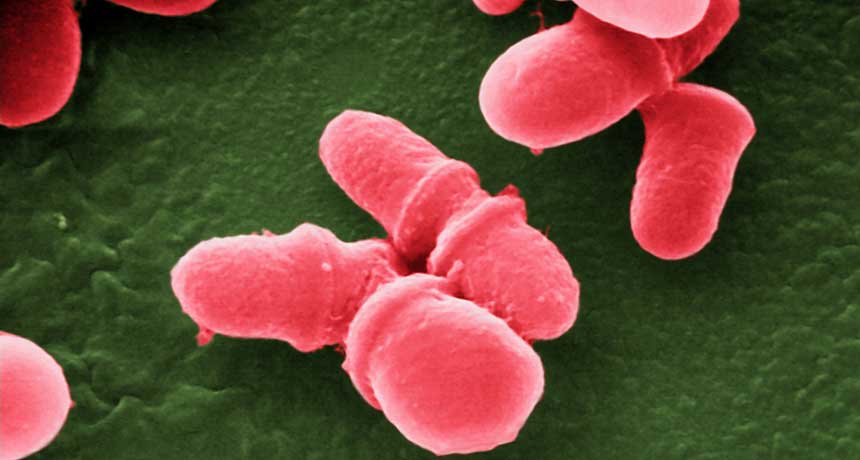Questions for ‘The bugs within us’

Microbes, such as this fungi (Malassezia lopophilis), are part of the human microbiome. This fungus, which has been colorized to show up well, is commonly found on human skin.
Janice Haney Carr, CDC

Microbes, such as this fungi (Malassezia lopophilis), are part of the human microbiome. This fungus, which has been colorized to show up well, is commonly found on human skin.
Janice Haney Carr, CDC